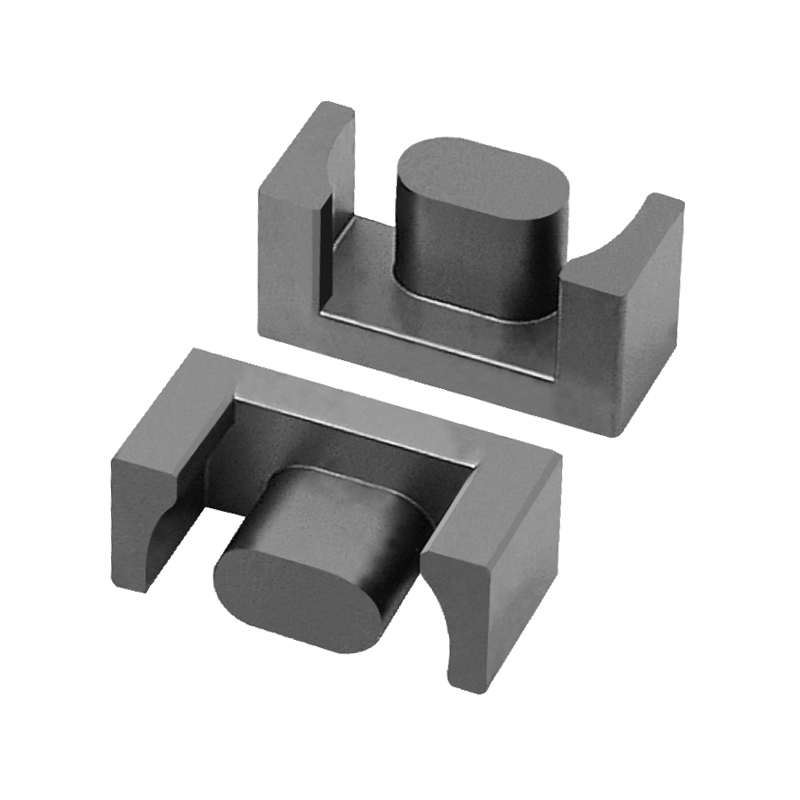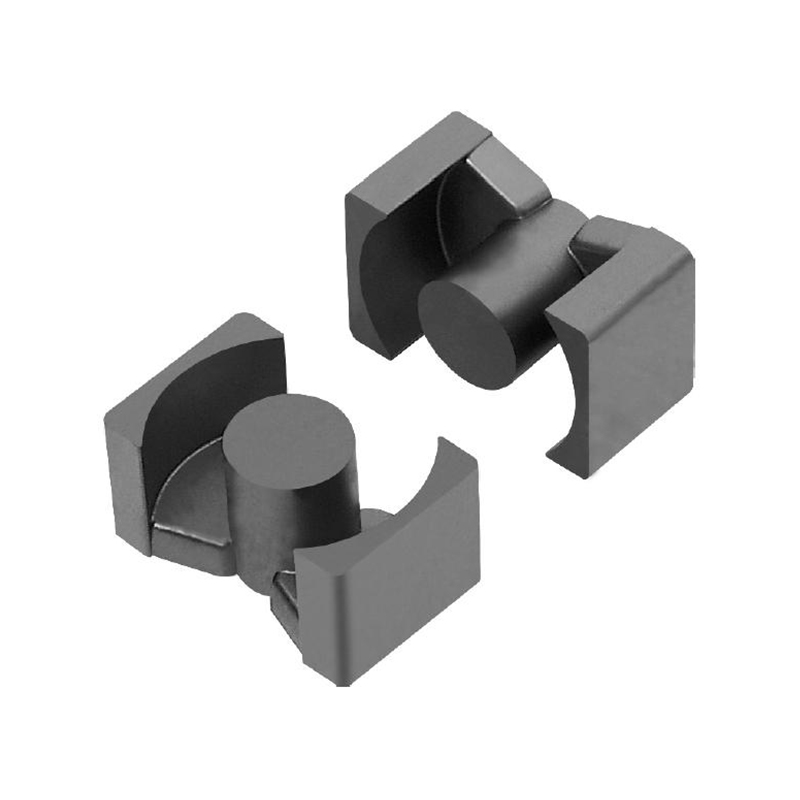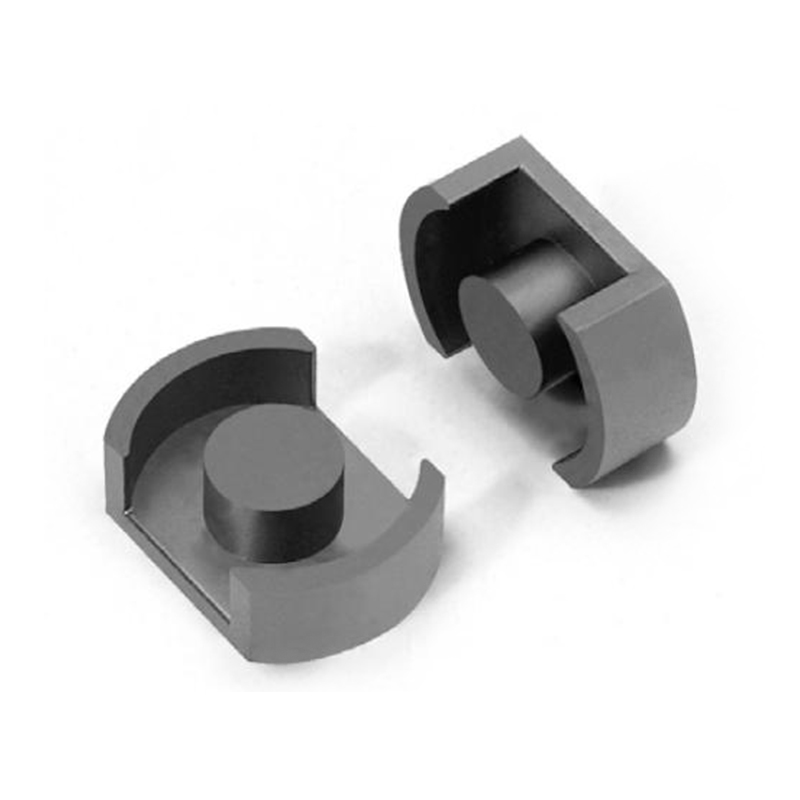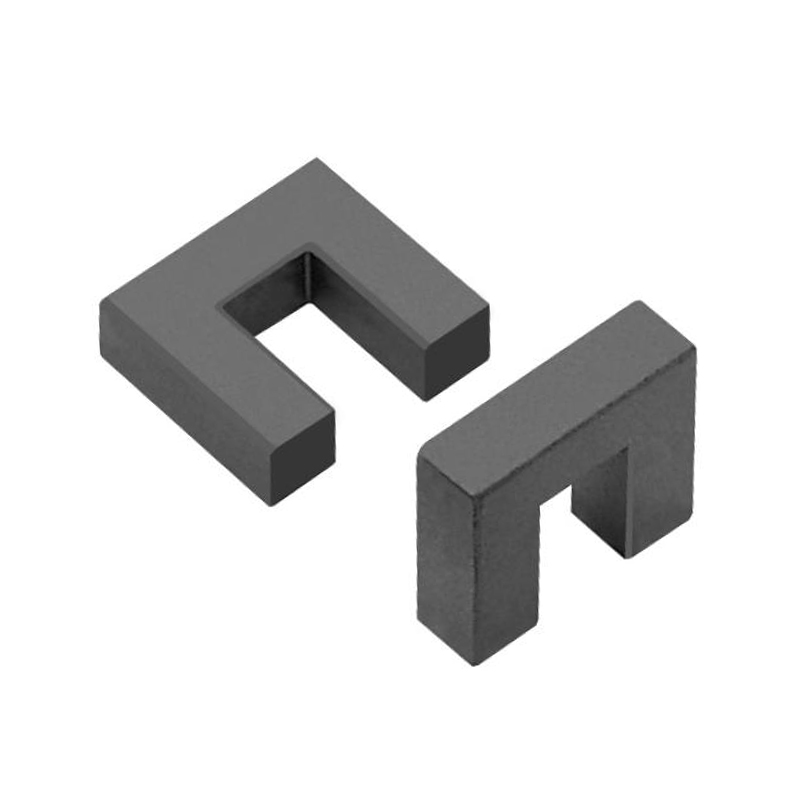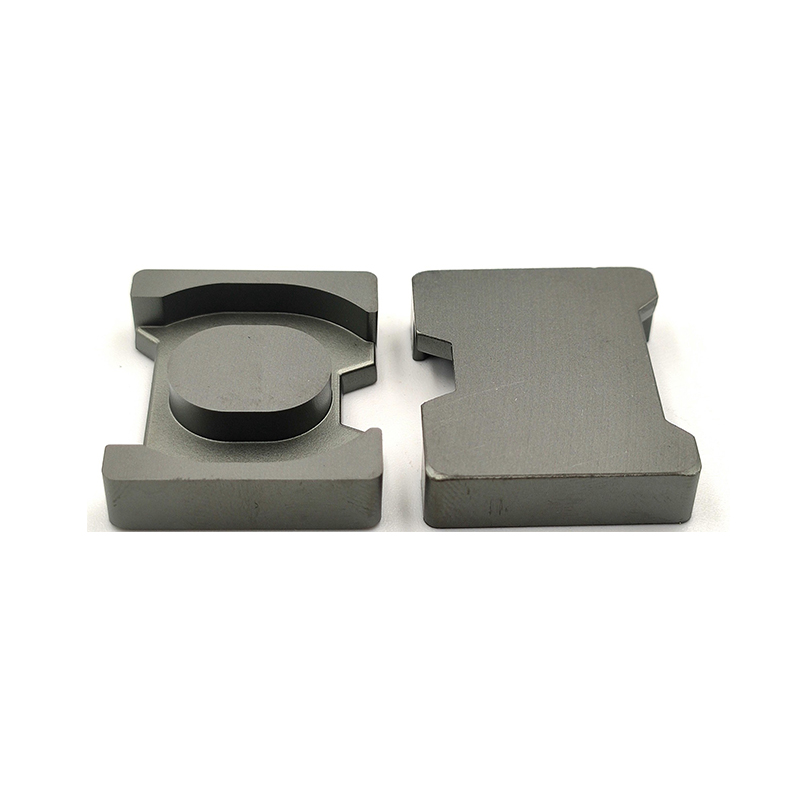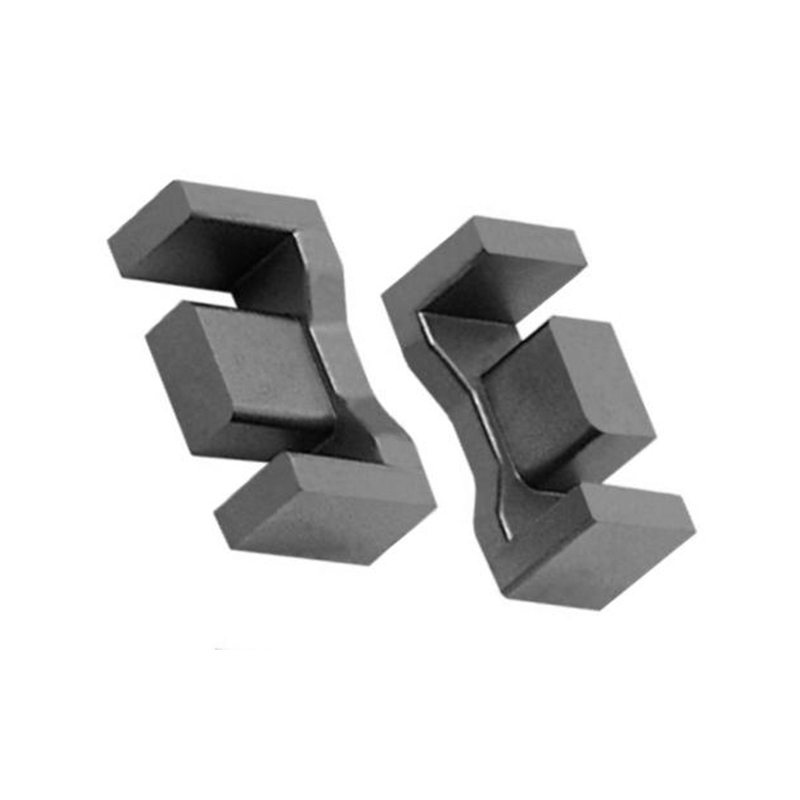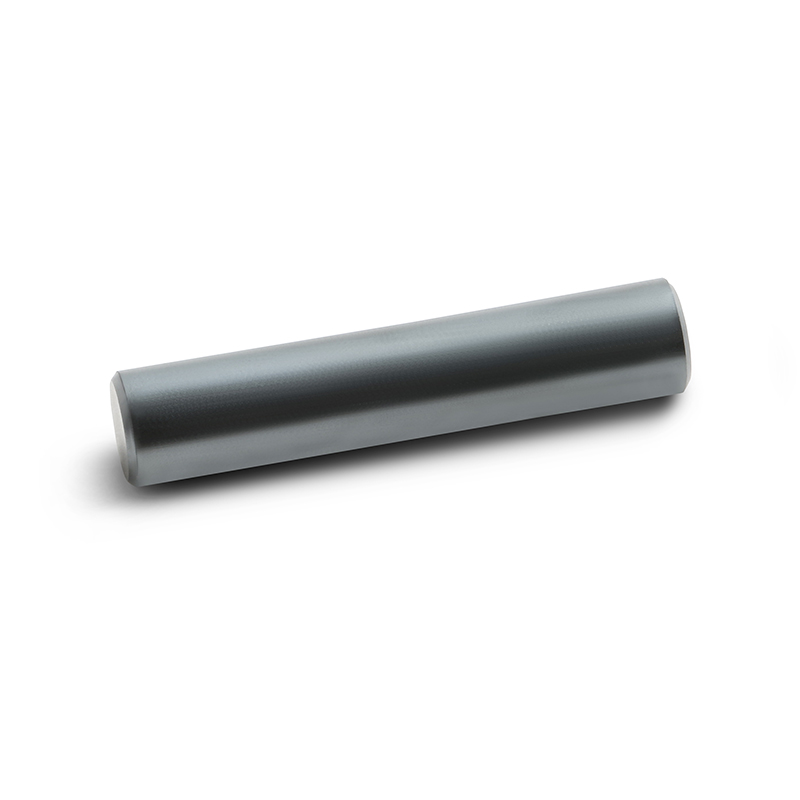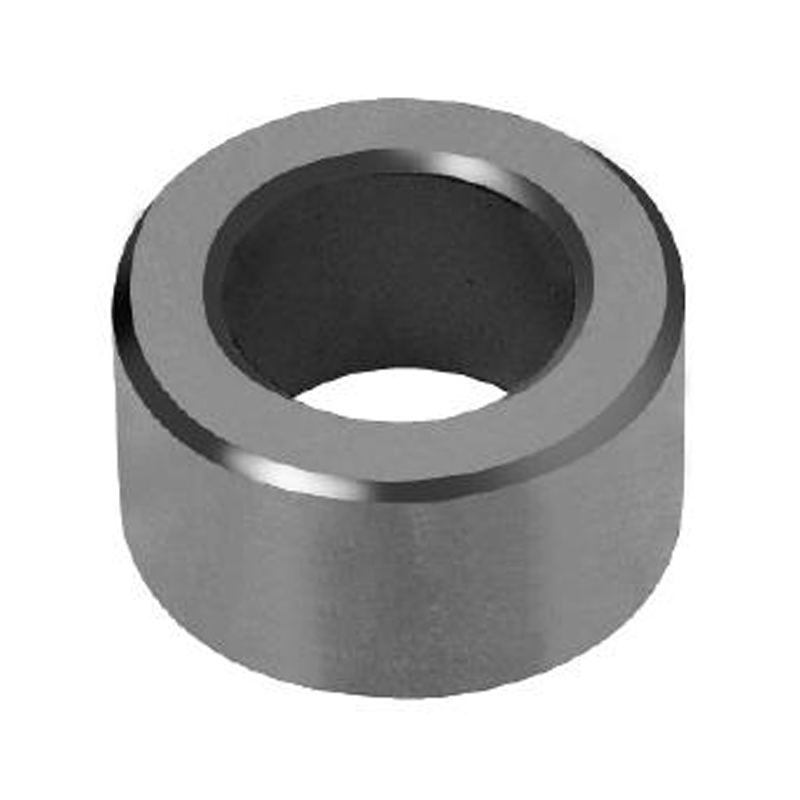How is Mn-Zn High Conductivity Ferrite Applied in Switching Power Supplies
Switching power supplies have become a cornerstone of modern electronics, providing efficient and reliable conversion of electrical energy for a variety of applications, from consumer electronics to industrial systems. Among the key components that enable their performance, ferrite materials, specifically manganese-zinc (Mn-Zn) high conductivity ferrites, play a crucial role. These materials are widely used due to their unique magnetic properties and suitability for high-frequency applications.
Understanding Mn-Zn High Conductivity Ferrite
Mn-Zn high conductivity ferrite is a type of soft ferrite composed primarily of manganese, zinc, and iron oxides. Soft ferrites are characterized by their high magnetic permeability, low coercivity, and ability to respond quickly to changes in magnetic fields. The high conductivity version of Mn-Zn ferrite is specially engineered to reduce eddy current losses, making it highly suitable for high-frequency power conversion.
Key characteristics of Mn-Zn high conductivity ferrite include:
- High Initial Permeability: This allows the material to concentrate magnetic flux efficiently, reducing the number of turns required in inductive components and improving overall energy transfer.
- Low Core Loss: By minimizing hysteresis and eddy current losses, Mn-Zn ferrites maintain efficiency even at elevated switching frequencies.
- Thermal Stability: These ferrites maintain their magnetic properties over a wide temperature range, which is essential for the reliability of switching power supplies operating under varying thermal conditions.
- High Saturation Flux Density: This allows the ferrite to store significant magnetic energy before saturation, making it ideal for high-power applications.
Switching Power Supplies: An Overview
Switching power supplies, also known as switch-mode power supplies, convert electrical power from one voltage level to another using electronic switching devices, such as transistors, rather than resistive elements. The primary advantage of switching power supplies over linear power supplies is efficiency. By rapidly switching the input voltage on and off and regulating the duty cycle, energy losses are minimized, allowing compact and lightweight designs.
Switching power supplies typically include the following key components:
- Input Rectifier and Filter: Converts AC to DC and smooths voltage fluctuations.
- Switching Devices: Transistors or MOSFETs that rapidly turn on and off to regulate power flow.
- Magnetic Components: Transformers and inductors that store and transfer energy.
- Output Rectifier and Filter: Converts the pulsed DC back to a steady DC voltage.
- Control Circuit: Monitors output voltage and current, adjusting the switching frequency or duty cycle to maintain regulation.
Among these, magnetic components are where Mn-Zn high conductivity ferrites find their primary application.
Role of Mn-Zn High Conductivity Ferrite in Switching Power Supplies
Magnetic components in switching power supplies, such as transformers and inductors, rely heavily on the properties of their core materials. Mn-Zn high conductivity ferrites are chosen for several reasons:
1. Minimizing Core Loss at High Frequencies
One of the main challenges in switching power supplies is operating efficiently at high frequencies. As switching frequency increases, conventional iron cores suffer from significant eddy current losses. Mn-Zn high conductivity ferrites, with their reduced electrical conductivity, mitigate these losses, allowing power supplies to operate at frequencies ranging from tens of kilohertz to several megahertz without excessive heat generation.
2. Improving Energy Density
High initial permeability and saturation flux density enable ferrite cores to store more magnetic energy per unit volume. This allows designers to reduce the size of transformers and inductors, making power supplies more compact and lightweight. Smaller components also improve thermal performance, as heat is dissipated more effectively.
3. Enhancing Thermal Stability
Mn-Zn high conductivity ferrites maintain consistent magnetic properties across a wide temperature range. This is crucial in switching power supplies, which can experience significant heating during operation. Thermal stability ensures that inductance values remain within design tolerances, preventing instability and maintaining consistent output voltage.
4. Reducing Electromagnetic Interference
Ferrite cores can suppress high-frequency electromagnetic interference (EMI). By selecting Mn-Zn high conductivity ferrites with appropriate permeability and loss characteristics, designers can minimize radiated and conducted noise from the power supply. This is especially important in sensitive applications such as medical equipment, communication devices, and precision electronics.
5. Supporting Fast Switching
The rapid response of soft ferrite materials to changing magnetic fields allows switching power supplies to operate with fast transient response. Mn-Zn high conductivity ferrites can handle rapid changes in current without significant energy loss, ensuring stable output voltage during load fluctuations.
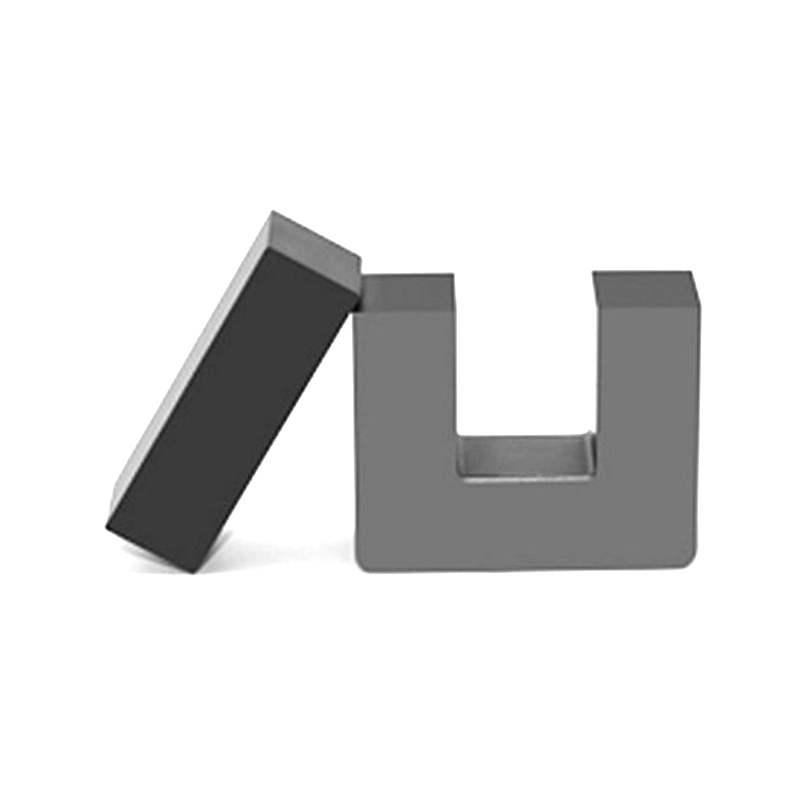
Practical Applications in Inductors and Transformers
Ferrite Core Transformers
In switch-mode power supplies, transformers transfer energy between input and output while providing galvanic isolation. Mn-Zn high conductivity ferrites are used to construct the cores of these transformers because they can handle high-frequency magnetic flux efficiently. High permeability reduces the number of turns required, which decreases copper losses and improves overall efficiency. Moreover, ferrite cores allow transformers to be smaller and lighter than those using conventional iron cores.
Ferrite Inductors
Inductors in switching power supplies serve multiple purposes, including energy storage, filtering, and current smoothing. Mn-Zn ferrite cores enable high inductance values in small volumes, which is essential for compact power supply designs. High-frequency operation and low core losses allow these inductors to store and release energy efficiently during each switching cycle.
EMI Suppression Components
Ferrite beads and cores are often placed around cables or on PCBs to reduce high-frequency noise. Mn-Zn high conductivity ferrites are effective in absorbing unwanted electromagnetic waves without significantly impacting the desired power signal. This ensures compliance with electromagnetic compatibility standards while maintaining circuit performance.
Design Considerations for Mn-Zn Ferrite in Switching Power Supplies
Selecting the right Mn-Zn high conductivity ferrite involves balancing several factors:
- Permeability: Determines the number of turns required and the energy storage capability. High permeability is desirable for energy efficiency but may lead to increased core losses at very high frequencies.
- Saturation Flux Density: Limits the maximum energy the core can handle without saturating. Designers must ensure that the operating flux density remains below this threshold.
- Core Geometry: Shapes such as E-cores, toroids, and pot cores impact magnetic coupling, leakage inductance, and thermal management. The choice depends on the application and design constraints.
- Operating Frequency: Mn-Zn ferrites are suitable for frequencies up to a few megahertz. For extremely high-frequency applications, nickel-zinc ferrites may be more appropriate.
- Temperature Coefficient: Ensures that magnetic properties remain stable across operating temperatures, which is critical for reliable performance.
Challenges and Limitations
While Mn-Zn high conductivity ferrites offer numerous advantages, designers must be aware of certain limitations:
- Frequency Limit: Above several megahertz, core losses increase, making Mn-Zn ferrites less efficient.
- Mechanical Fragility: Ferrites are brittle materials and require careful handling during assembly.
- Cost Considerations: High-quality ferrites can increase component costs, though the trade-off is improved efficiency and performance.
Future Trends and Developments
The demand for smaller, more efficient, and higher-frequency switching power supplies continues to grow. Research in Mn-Zn ferrite materials focuses on improving conductivity, permeability, and thermal performance. Advances in core geometry, such as powder cores and composite ferrites, are enabling even higher power density designs. Additionally, integration with digital control and thermal management techniques is expanding the capabilities of ferrite-based power conversion.
Conclusion
Mn-Zn high conductivity ferrite is a critical material in the design and operation of modern switching power supplies. Its high permeability, low core loss, thermal stability, and ability to operate efficiently at high frequencies make it indispensable for transformers, inductors, and EMI suppression components. By carefully selecting ferrite materials and optimizing core design, engineers can achieve compact, efficient, and reliable power supplies suitable for a wide range of applications. Understanding the properties and proper application of Mn-Zn high conductivity ferrites is essential for anyone involved in designing or maintaining switching power systems.

 中文简体
中文简体